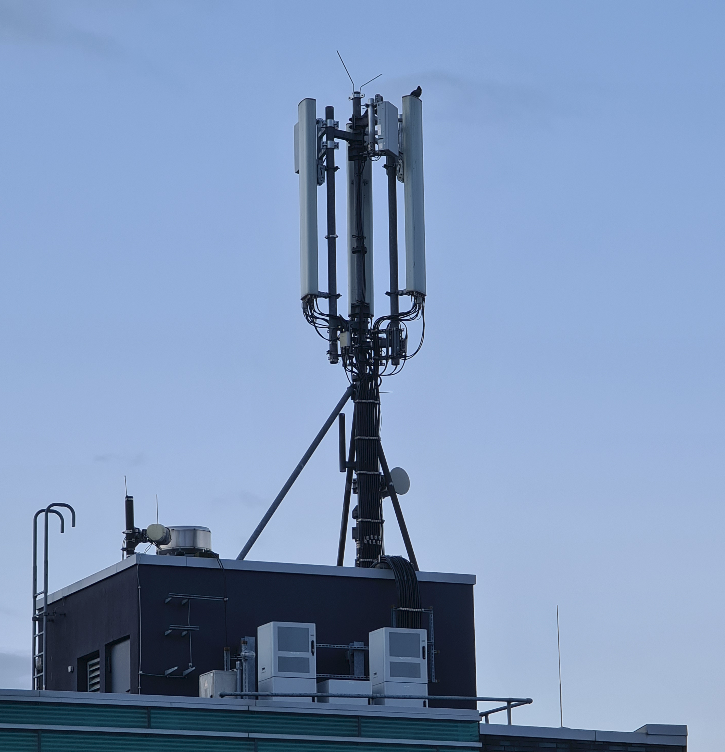One command line tool that has come in quite handy many times over the years when dealing with Wi-Fi networks is ‘iw’. With this command you can scan the Wi-Fi bands for networks and get the configuration and capabilities of each in a detailed list. It’s perfect to find out, for example, which options are supported by an Access Point. Here’s an example of my 802.11ac capable access point:
Continue reading How To Get The Capabilities of an 802.11ac Access Point

